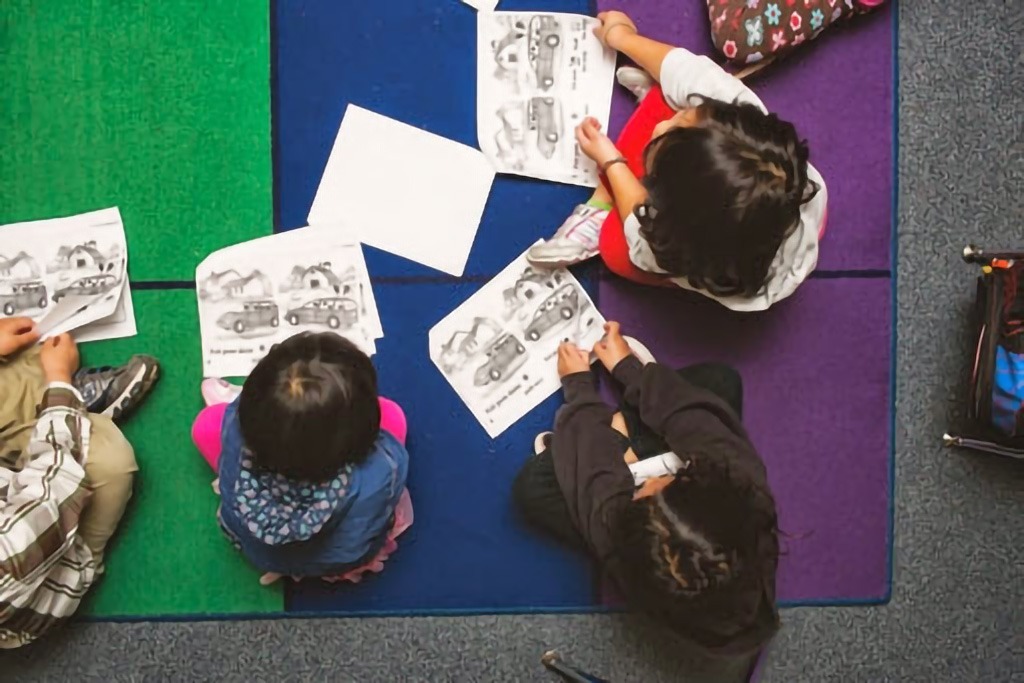
Hmong Traditions – Clan Names
The Significance of Hmong Clan Names: Tradition, Culture, and Community
Dive into the fascinating world of Hmong clan names and discover their cultural significance. Learn how these names preserve heritage, strengthen community bonds, and shape identity across generations.

The Significance of Hmong Clan Names: Tradition, Culture, and Community – The Hmong clan name system is a cornerstone of Hmong culture, deeply rooted in their patrilineal traditions and family-oriented values. This system not only serves as an identifier but also as a means of preserving cultural practices, fostering relationships, and providing a sense of belonging across the globe.
Understanding the Hmong Clan System
In Hmong society, the clan name system is patrilineal, meaning lineage and heritage are traced through the male family line. At the heart of this structure lies the male head of the household, who holds the responsibility for family decisions and enforcing house rules.
Hmong clans consist of members who share a common paternal ancestry, and leadership roles within clans ensure the smooth mediation of disputes, support during crises, and the preservation of traditions. With this structure, clan leaders often serve as cultural custodians and spiritual intermediaries, believed to communicate with ancestors during specific rituals.
The Original 12 Clan Names and Modern Variations
Historically, the Hmong people recognized 12 primary clan names: Vang, Chang, Lee, Yang, Xiong, Vue, Her, Thao, Kong, Hang, Moua, and Lor. Today, variations and additional names have emerged, though these often represent spelling differences. Regardless of these variations, members of the same clan share a familial bond and adhere to customs, such as prohibitions against intermarriage within the same clan.
Clans as Cultural Identity Cards
The clan name functions as a cultural passport, revealing a Hmong individual’s upbringing, values, and origins. Membership in a clan is obtained by birth, marriage (for women), or adoption. This membership fosters a lifelong bond, encouraging members to assist each other socially and culturally, regardless of geographical location.
For Hmong women, marriage traditionally transitions them into their husband’s clan, though they may still identify with their birth clan. This dual identity allows women to maintain ties with their family of origin while embracing the responsibilities and relationships of their new clan.
Kinship and Connection Across the Globe
One of the most unique aspects of Hmong clans is the unwavering support extended to fellow members. Whether in their homeland or a foreign land, a Hmong individual can rely on their clan for guidance, assistance, and hospitality. This is exemplified when two Hmong people meet — they exchange names, ages, clans, and generations to establish kinship, addressing one another with familial terms such as brother, sister, or uncle.
This practice emphasizes the interconnectedness of Hmong clans, fostering a sense of unity and belonging.
Preserving Hmong Heritage Through Clans
The Hmong clan system plays a critical role in preserving the culture, language, and values of Hmong society. Each clan carries unique stories, dialects, and superstitions, contributing to the rich tapestry of Hmong heritage. Losing attachment to a clan risks losing cultural identity, making the preservation of this tradition all the more important.
Conclusion
Hmong clan names are much more than surnames — they represent identity, history, and an enduring sense of community. As global migration continues, the Hmong clan system serves as a beacon of cultural pride and connection, ensuring that the values and traditions of the Hmong people endure across generations.
Key Takeaway
Learn more about the Hmong clan system and its cultural significance at Hmong Traditions – Clan Names.
References and Further Reading
- Hmong Traditions – Clan Names | Www.Facebook.Com





Responses